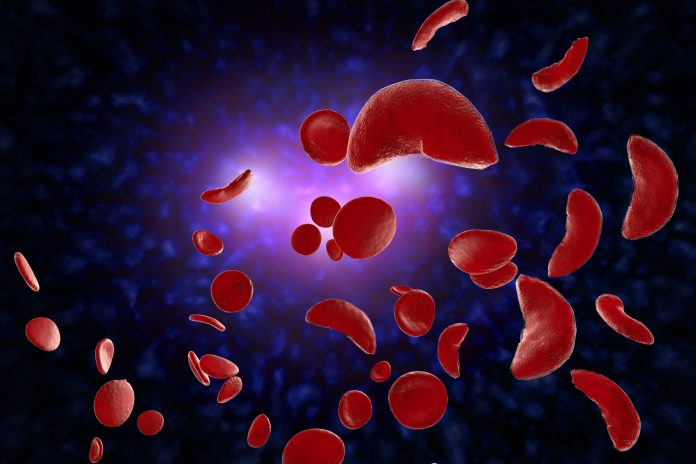Blood
Red Blood Cell Gene Editing Possible within Body
An RNA-based gene editing tool that alters red blood cells inside the body could provide a simpler and less toxic route to treating conditions such as sickle cell anemia and beta thalassemia, researchers report.
The discovery, outlined in Science, offers an alternative to current gene therapy for these blood disorders, which involves stem cells being modified outside the body.
Patients receiving these existing treatments need toxic chemotherapy or radiation to kill existing unhealthy stem cells before the introduction of new, modified ones in a process known as myeloablation.
The new research shows it is possible to deliver mRNA-coded therapeutics to specific cells within the body by encapsulating them in modified lipid nanoparticles (LNP).
This precisely targets gene therapy, offering the potential to reprogram cells in vivo without the need for these toxic conditioning procedures before their reintroduction.
“Our technology, if further developed, may allow the treatment of patients affected by hematological disorders by simple infusion of these LNP, avoiding myeloablation, hospitalization, and any reduction in the number of stem cells,” researcher Stefano Rivella, PhD, a professor of pediatrics at the Children’s Hospital of Philadelphia, told Inside Precision Medicine.
Researcher Hamideh Parhiz, PhD, a research assistant professor of Infectious Diseases at the University of Pennsylvania, added: “Once refined, this application will provide an alternative and less toxic option to current myeloablative regimens, that are associated with many side effects, including sterility.”
Current treatments for sickle cell anemia and beta thalassemia often involve a bone marrow transplant in order to introduce healthy hematopoietic stem cells (HSCs), which produce the cells of the blood and immune system.
This can either involve a stem cell transplant from a healthy donor or “ex vivo gene therapy” in which a patient’s own HSCs are modified before being transferred back.
Either process involves chemotherapy or radiation to get rid of the diseased HSCs and prepare for the new cells, with associated toxic side effects.
The new genetic medicine combines a targeted platform with advances in mRNA therapeutics and RNA-based genomic editing tools to provide a novel way of correcting genetic defects.
In a proof-of-principle study, the team populated LNP with antibodies that would recognize CD117, a receptor on the surface of HSCs, and then tested the efficacy of this using three approaches.
Firstly, the researchers showed that CD117/LNP encapsulating reporter mRNA resulted in in vivo mRNA expression and gene editing.
Next, they tested CD117/LNP encapsulating mRNA that encoded a cas9 gene editor targeting the mutation that causes sickle cell disease, converting the disease-causing hemoglobin mutation into a benign variant.
CD117/LNP facilitated efficient base editing in vitro among cells from donors with sickle cell disease and led to an increase in functional hemoglobin of up to 91.7%. There was also a near-complete correction of the sickle-shaped red blood cells responsible for the disease.
Finally, the researchers showed that LNP could be used for in vivo conditioning, that would allow bone marrow to be depleted of cells without chemotherapy or radiation.
CD117/LNP encapsulating mRNA for PUMA, a protein that promotes cell death, depleted HSCs in animal models so that there could be successful infusion and uptake of new bone marrow cells, in a process known as engraftment, without the need for chemotherapy or radiation.
The engraftment rates were consistent with those reported as sufficient the cure severe combined immunodeficiency using healthy donor bone marrow cells, suggesting the technique could be used for severe immunodeficiencies.
“This technology is associated with several innovations suited well to the field of precision medicine,” Parhiz said.
“The LNP can be further modified and decorated with molecules or antibodies to target a variety of cells in vivo; the RNA can be modified to tune or avoid their expression in specific cell types; and in combination with advanced gene editing tools, the combination of these RNA and modified LNP can lead to fine-tuning modifications of the genome.”

